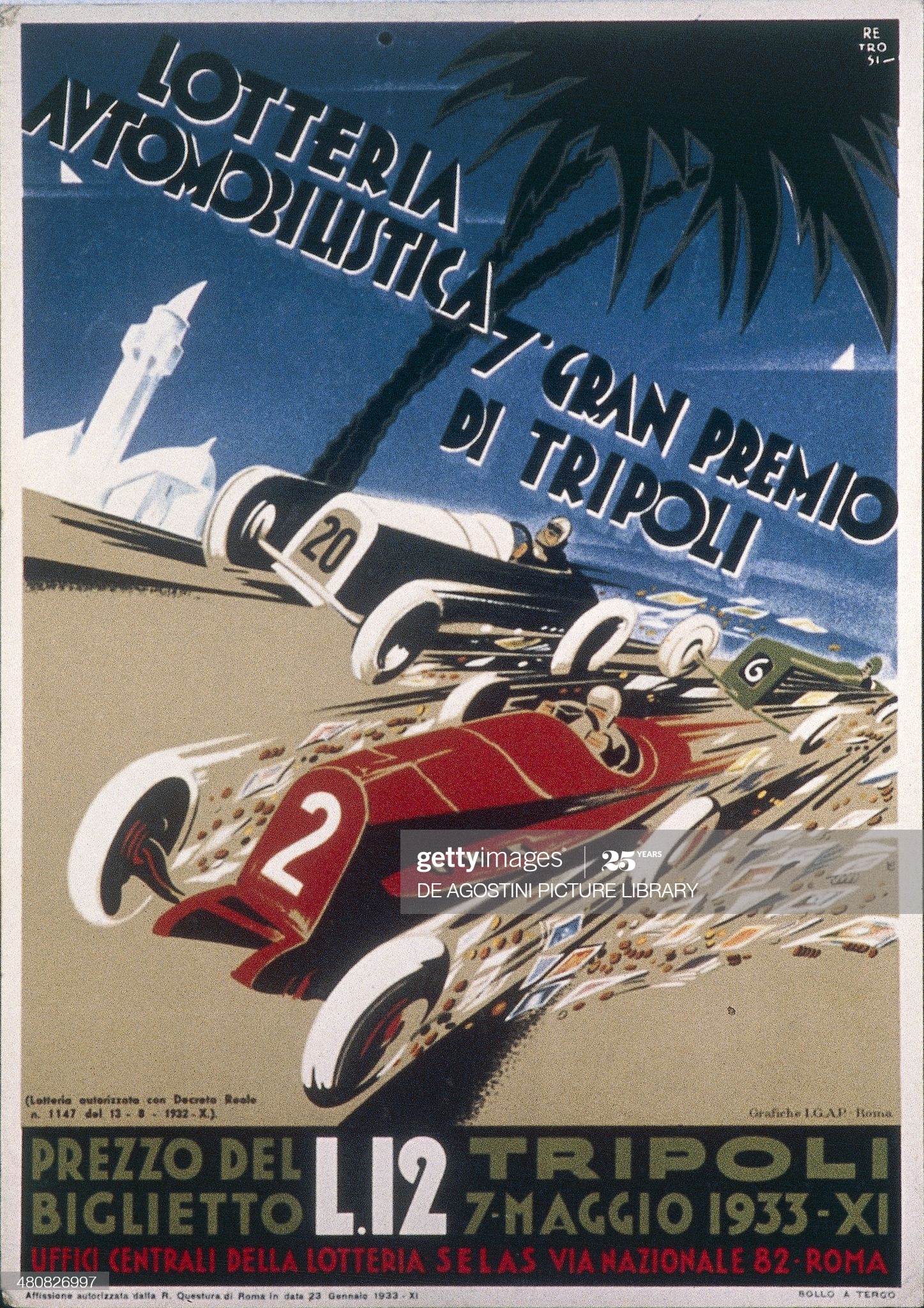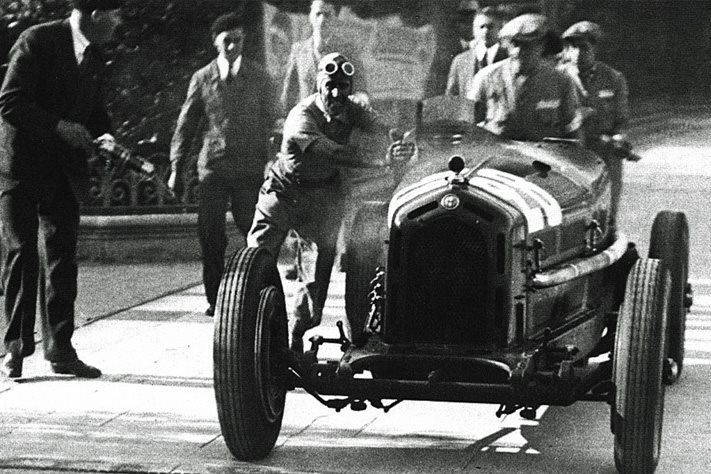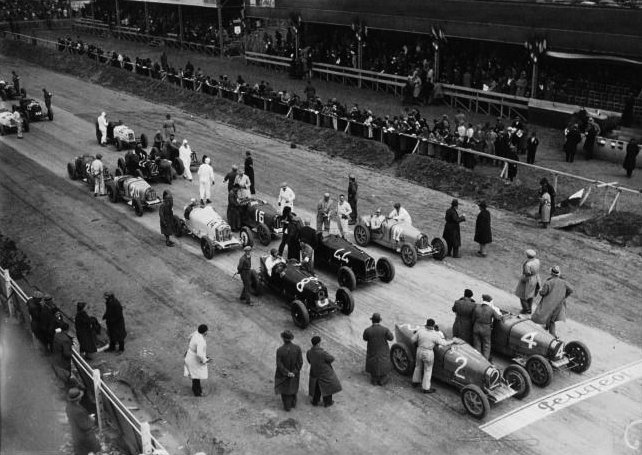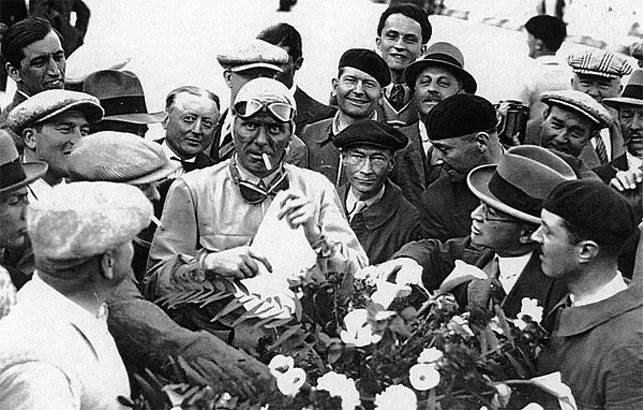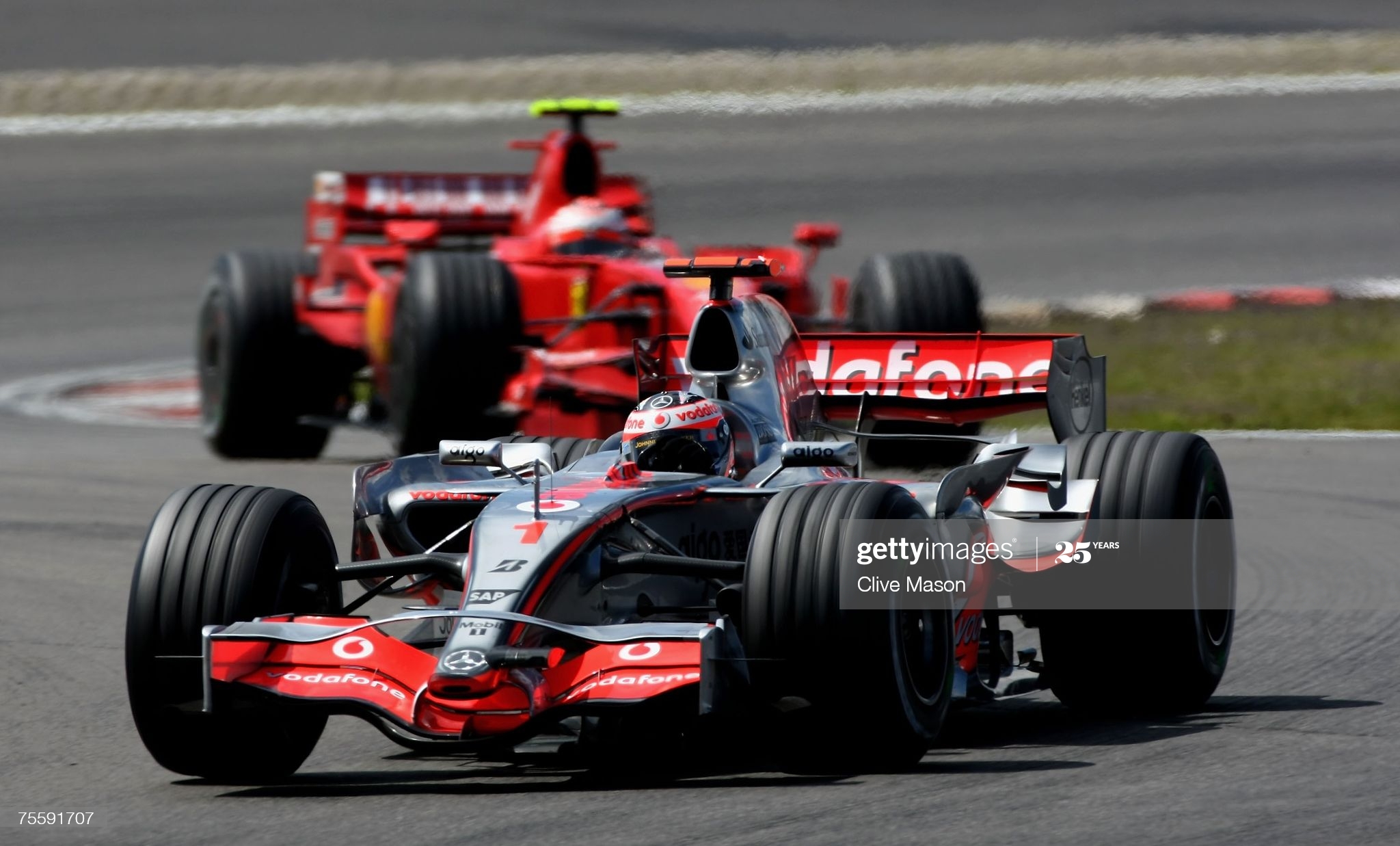Busted! Caught Cheating at Racing – Part 2
Oops, they did it again...
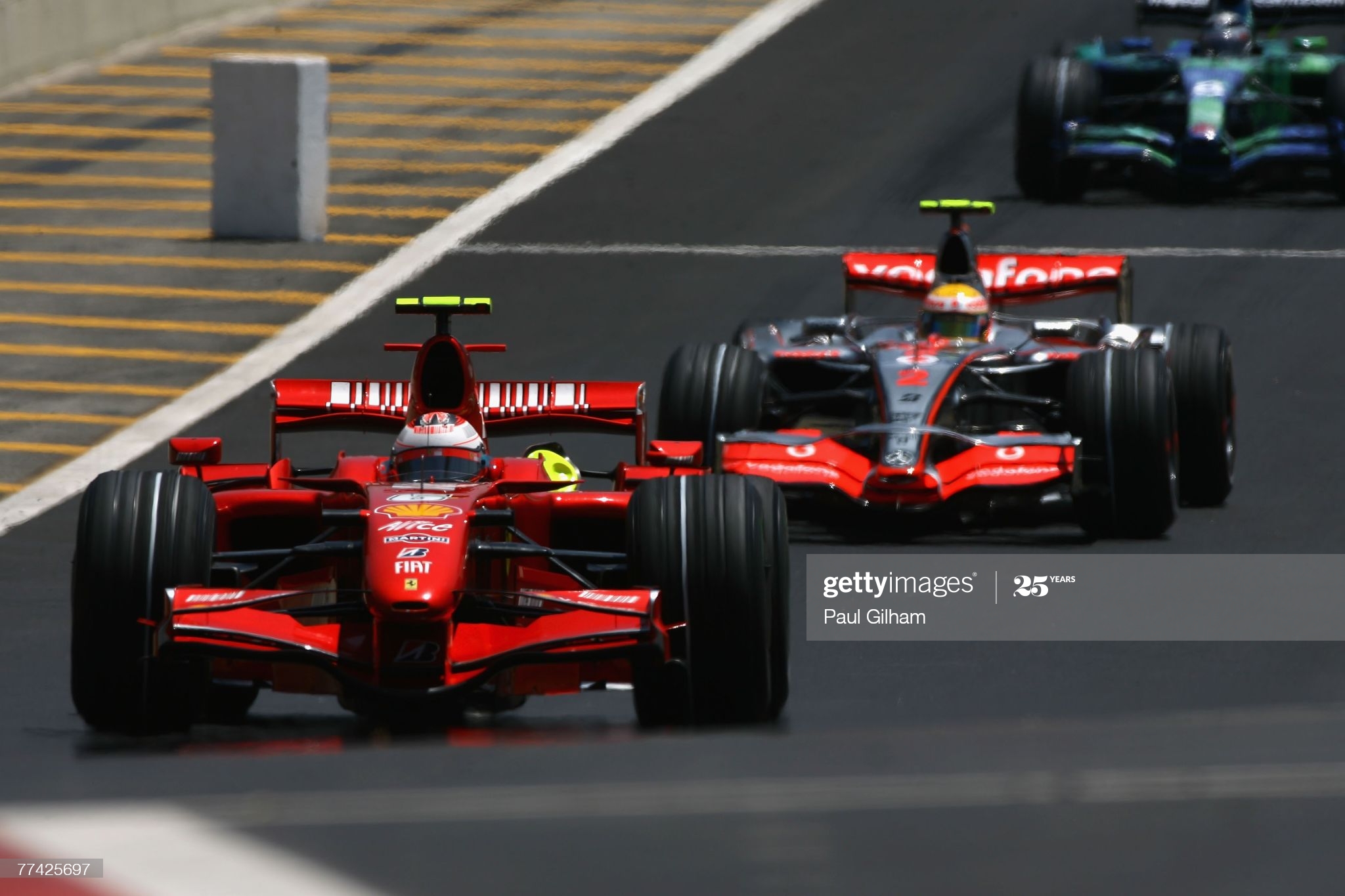
As we’ve seen last week, cheating is a part of life, part of racing. Human nature taking over and not resisting the urge to get an unfair advantage over other competitors. When stakes are high, things like greed or pride creep up on us. I’m sure we’ve all had the sensation of doing something that goes against rules once or twice in our lives. The important thing is, what do you do with that sensation? Do you give in, or do you stand firm and obey the rules? Here are some more examples of cheaters in racing that got caught.
I once again turn to both Formula 1 and the World Rally Championship for the tastiest stories. In this second episode, I go into espionage and bribes (sort of). Years apart and very different in nature, it is interesting stuff to read!
Grand Prix racing – rigged lottery & payed-off drivers
For this story, we have to go back in time several decades, and it isn’t even certain the event went down as transcribed. Source for the story is a book written by Alfred Neubauer, the famed Mercedes-Benz team manager in the pre-war era (yes, under Nazi regime). Regardless if it is true to the word like Neubauer penned in his book, the story is incredible and worth a mention here.
Tripoli was under Italian ruling as a colony from 1911 to 1943 and racing being a very popular sport in Italy, the Italian government first organised a Grand Prix in Tripoli in 1925. The intention was to gather interest from Italians to visit the race, spend time in the city as tourists and eventually settle in Tripolitania, as it was known. Not much came of it and the local governor, General Emilio de Bono had to intervene a few times to even host a Grand Prix at all.
With the exception of 1931 and 1932, the race was held every year between 1925 and 1940, the reason it ended probably needs no explaining. During this 15 year span, the race was won by an Italian driver 9 times and a German driver 4 times. The first few years the drivers raced just outside of the city of Tripoli on public roads. After the break in 1931, 1932 it was decided to create a European style track known as the Mellaha Lake Track, a 13-kilometre long track with sharp kinks and very long straights. The first venue was 1933 as mentioned, and to get the public (mainly Italians) going, a lottery was organised in conjunction with the race. For about 6 months leading up to the race, people could buy tickets for 11 lire a piece, which could win you three million lire. A couple of days before the Grand Prix 30 ticket-holders were randomly selected and paired with a driver and it’s number, and were flown in to attend the race. So ticket number 1 would be paired with driver number 1, ticket number 2 to driver number 2 and so on. The three million lire top prize issued by the lottery would be granted the one with the ticket matched to the eventual race winner.

And that is where trouble began. An Italian timber merchant from Pisa, who bought a ticket, was matched to Achille Varzi’s car. The evening before the race he met up with Varzi in his hotel and wished him well and hoped he would win. Chances were slim though because the Mellaha Lake Track was quite a tricky and dangerous circuit, to begin with, and the competition was fierce. The timber merchant hatched a plan to share the winnings from the lottery with Varzi, but it would only work if he managed to win and that took some serious convincing.
From the start of the race, Achille Varzi was nowhere near the front of the pack. Drivers like Tazio Nuvolari, Baconin Borzacchini, Sir Henry Birkin and Louis Chiron were off to a great start and led the rest of the field. After only 5 laps Varzi was almost a minute adrift from race leader Giuseppe Campari. Only a few laps later the leader dove into the pits with engine trouble and was out of the race. Twenty laps into the thirty lap race, Nuvolari was in first position, Borzacchini second, and Chiron and Birkin in third and fourth place. Varzi was still nowhere to be seen.
At that point, he did start to push his Bugatti and quickly caught up with the leading pack and in five laps time, he was third, with Chiron and Birkin dropping back. The engine in his Bugatti began to sputter though so this remarkable story could have come to an end premature, hadn’t it been for the agreement between multiple drivers over the outcome.
Nuvolari was still in control of the race, with Varzi suffering from two failed cylinders. What happened in those final few laps seems straight out of a comic book, or a movie. Borzacchini hit an oil drum marker in a corner and had to enter the pits with a blown tire as a result and was out of contention. Nuvolari was thirty seconds ahead of Varzi, now second in his limping Bugatti, when entering the last lap of the race. On the final lap, coming out of the final corner, his car started to slow down significantly, as the crowd was still cheering him on. A few hundred meters before the finish he came to a dead stop, screaming he was out of fuel. Two cars came crawling around the last corner; Varzi and Chiron. Receiving help from mechanics to fuel up his car and get it going again, Nuvolari joined the two as they crept to the finish line. Eventually, Varzi was only inches ahead of the others and won! Chiron was a full lap down so, in the end, Nuvolari was second, with Birkin a distant third. Multiple accusations were made as to who was involved in rigging the race but had no effect on the outcome. A motion to disqualify the accused was never even put to a vote.
Now, again, it’s not certain this story is 100% true and Neubauer is known to spruce up a story for entertainment purposes. But I still thought it was worth to include it. Sources like Grandprixhistory.org and Hotcars.com describe the event in detail.
Formula 1 – Spygate, a story of espionage in the paddock
Everyone who is a bit of long-term motorsport and Formula 1 fan knows about this dark page in modern history. In 2007 the season was tense, with multiple title contenders fighting at every race; Following the first retirement of legend Michael Schumacher, various drivers changed teams; McLaren was running with rookie Lewis Hamilton and the newly signed two-time champion Fernando Alonso while Ferrari had Felipe Massa and new recruit Kimi Raikkonen behind the wheel.
Both McLaren and Ferrari had a troublesome few years failing to really challenge for the title. Renault dominated the previous two years with Fernando Alonso taking the drivers championships. Both teams needed to assert themselves back on top. After only a couple of races Alonso, Raikkonen and Massa had all taken a win, with Lewis Hamilton in the lead with consistently strong performances. Hamilton’s first win came at Montreal, Canada which pretty much cemented him as a future star, winning in your first season in F1 is a rare achievement. Lewis Hamilton is also the only driver in history to score at least one race win in every season of competing.
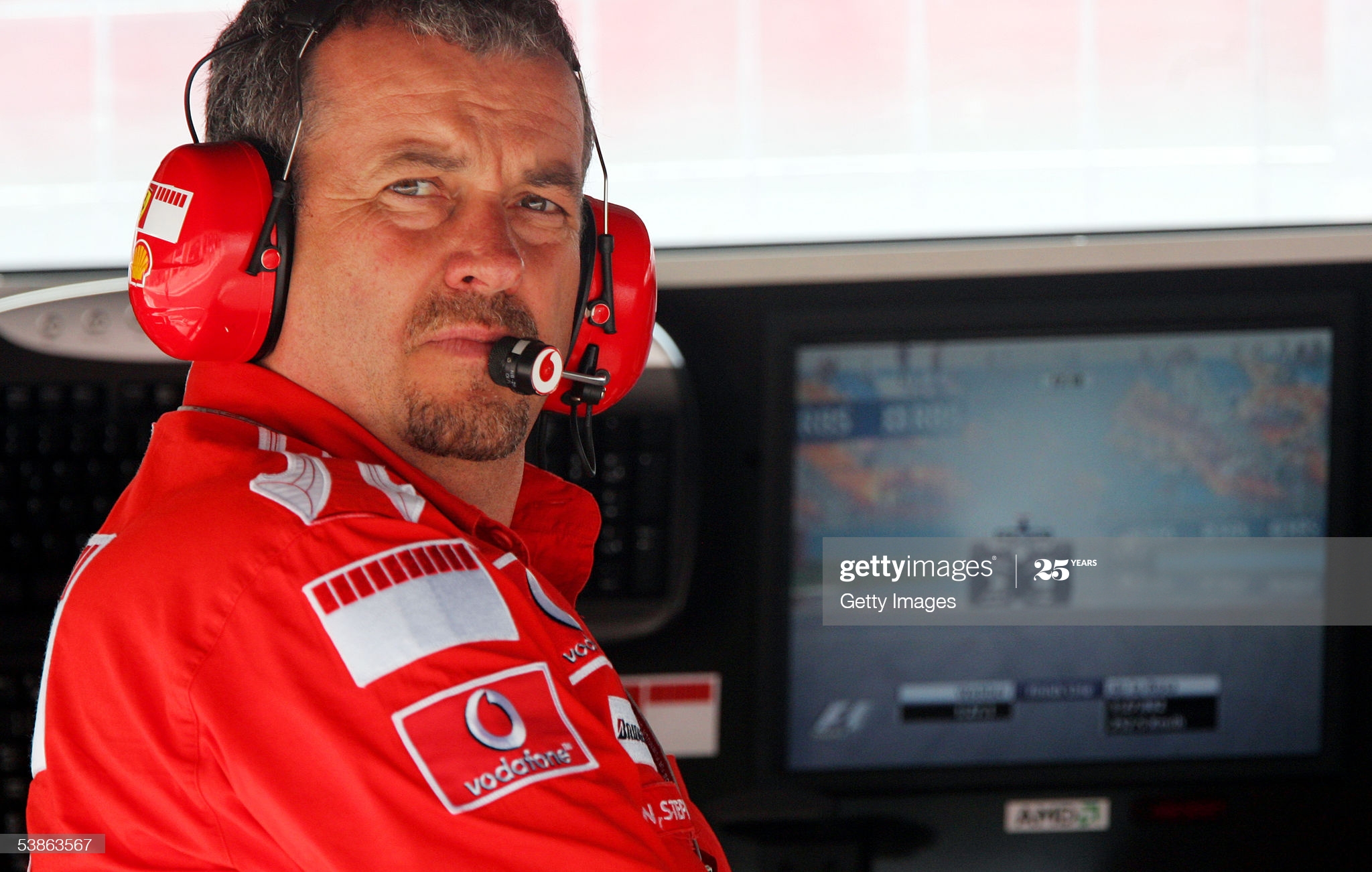
During the weekend of the United States Grand Prix, held at the Indianapolis Motor Speedway things started to unravel into something eventually dubbed Spygate, or Stepney-gate. Ferrari filed an official complaint against McLaren which led to a formal criminal investigation by the Modena District Attorney in Italy. Despite seemingly blowing over at first things went from bad to worse. During the next few races, internal investigations within the team led to the dismissal of Nigel Stepney, lead engineer and mechanic for Ferrari for years and part of the dream team that led to the domination of Michael Schumacher and Ferrari just a few years prior. The official statement was “irregularities discovered in the Ferrari factory prior to the Monaco Grand Prix”. Up until that point it was still only a political game, something the Formula 1 paddock is used to.
The tantalizing plot-twist in this whole saga is that on the same day Ferrari issued a statement it had also launched a formal complaint against an engineer from the Vodafone McLaren-Mercedes team. The engineer was suspended by the team as investigations went on. The accusations by Ferrari involved stealing technical information, corporate espionage basically. The internal investigations at McLaren revealed that indeed technical information was handed to one of their engineers by Nigel Stepney, but seen as an act of whistle-blowing instead of espionage. McLaren also stated no technical information was passed on to others of the team or even ended up as developments on or for the car. The search conducted by the FIA acquitted McLaren at first as indeed no parts on the 2007 car had any connection to the shared information. Not content with the outcome, Ferrari launched an appeal.
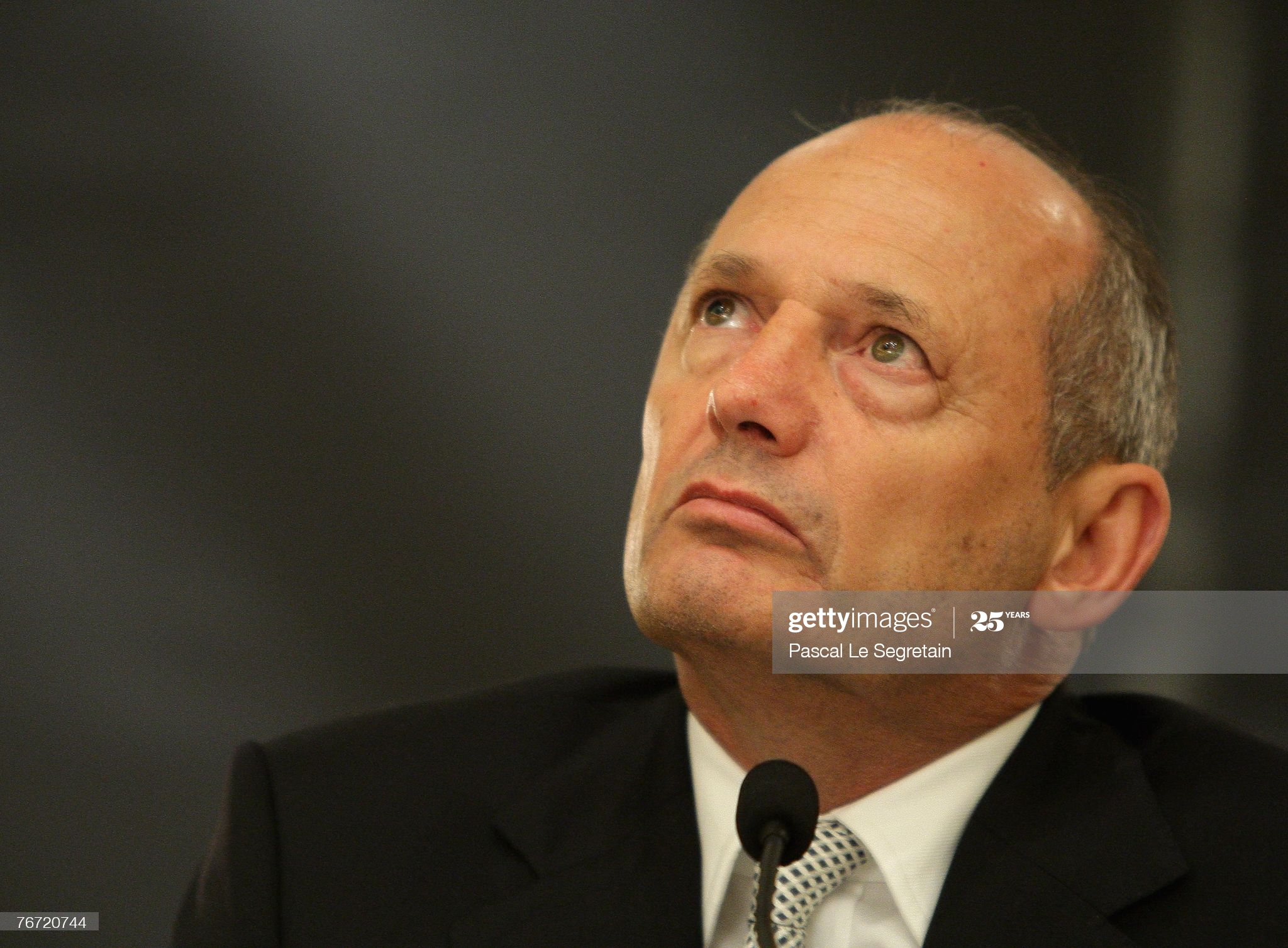
As the season went on, and the championship beginning to look like a showdown between the two McLaren boys, that Hamilton-Alonso relationship quickly went down the drain. During various races frustrations rose, only to come to a breaking point during the Hungarian Grand Prix. One thing led to another and eventually Alonso was fed up and told McLaren team boss Ron Dennis to intentionally run Hamilton’s car out of fuel or else he would disclose information about the McLaren team spying on Ferrari to the FIA. McLaren refused, and it remains unclear if Alonso made a false claim in an attempt to get the edge on his teammate or if he had any information to back it up.
Things only got further out of hand within the McLaren team. On the 5th of September of that year, the FIA stated it had received new information about the espionage. Up until that point, nothing of consequences or an official verdict was issued by the FIA’s research comity and the appeal from Ferrari was still being reviewed. The FIA reopened the investigation due to the new evidence, which turned out to be emails sent from a driver to Bernie Ecclestone, the man in charge of Formula 1. Only 8 days later the FIA issued a verdict and found McLaren guilty, as a team, to “illicitly collecting and holding information from Ferrari to confer a dishonest and fraudulent sporting advantage upon McLaren”. The consequences for this were staggering; not only was McLaren excluded from the constructor’s championship, but it was also told it wouldn’t share in prize money at the end of the season and on top of that received a fine for 100.000.000 dollar.
In the midst of all this on the political side of Formula 1, the season was an incredible one in terms of racing. Four drivers competing for the win every single race, exchanging wins and podiums between them, eventually being decided over only a single point between rookie Lewis Hamilton and Ferrari’s Kimi Raikkonen in favour of the Fin. The full story of the 2007 season, one of the most epic seasons in modern F1 history for multiple reasons, is penned in detail by DriveTribe. They also describe the standings and battles between the drivers on track in detail, so make sure to read that.
Epilogue: I originally intended to make this into a two-piece coverage of cheaters in the world of motorsport. But as I wrote the first and second chapter, I found too many interesting stories. It would be impossible to fit it all in two articles as they would end up being much too long. So, as a little bonus, a third (and this time final) instalment is on its way for next week.

